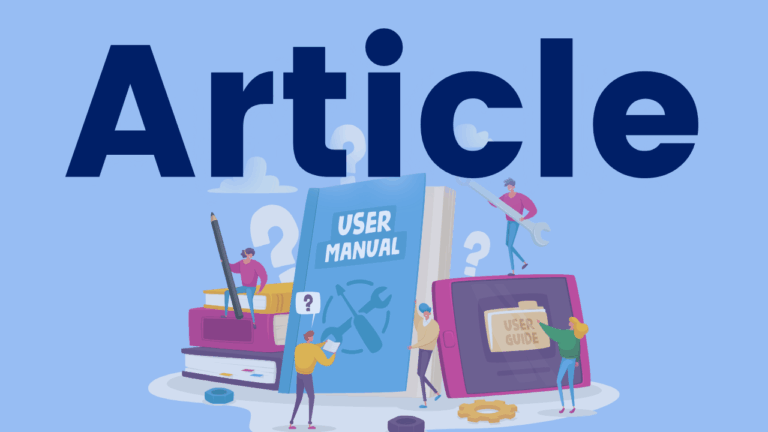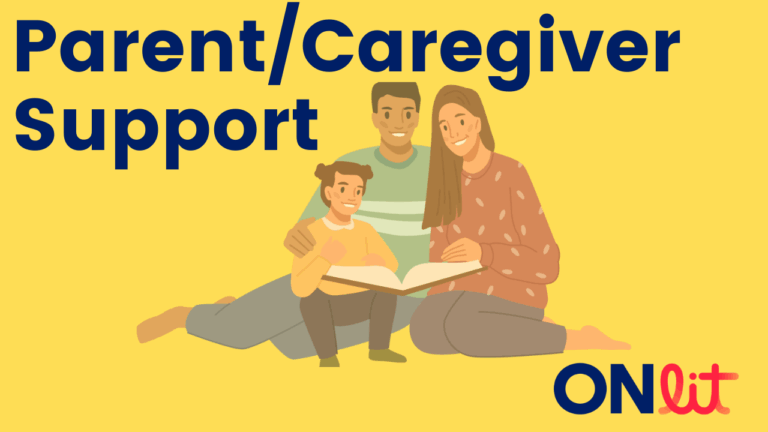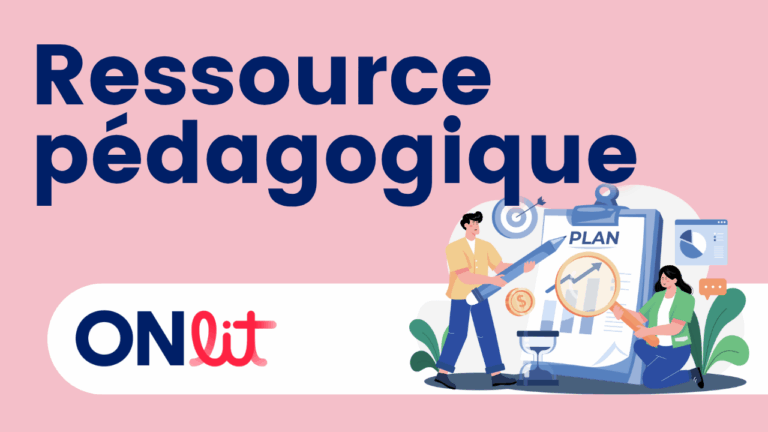Reconsidering Reading Levels
The Ontario Human Rights Commission’s Right to Read inquiry concluded that running records and reading level assessments have not been effective in identifying students who need additional support or in providing teachers with accurate information to guide instruction. We now know that there are more effective ways to understand student reading skills and ensure that…









